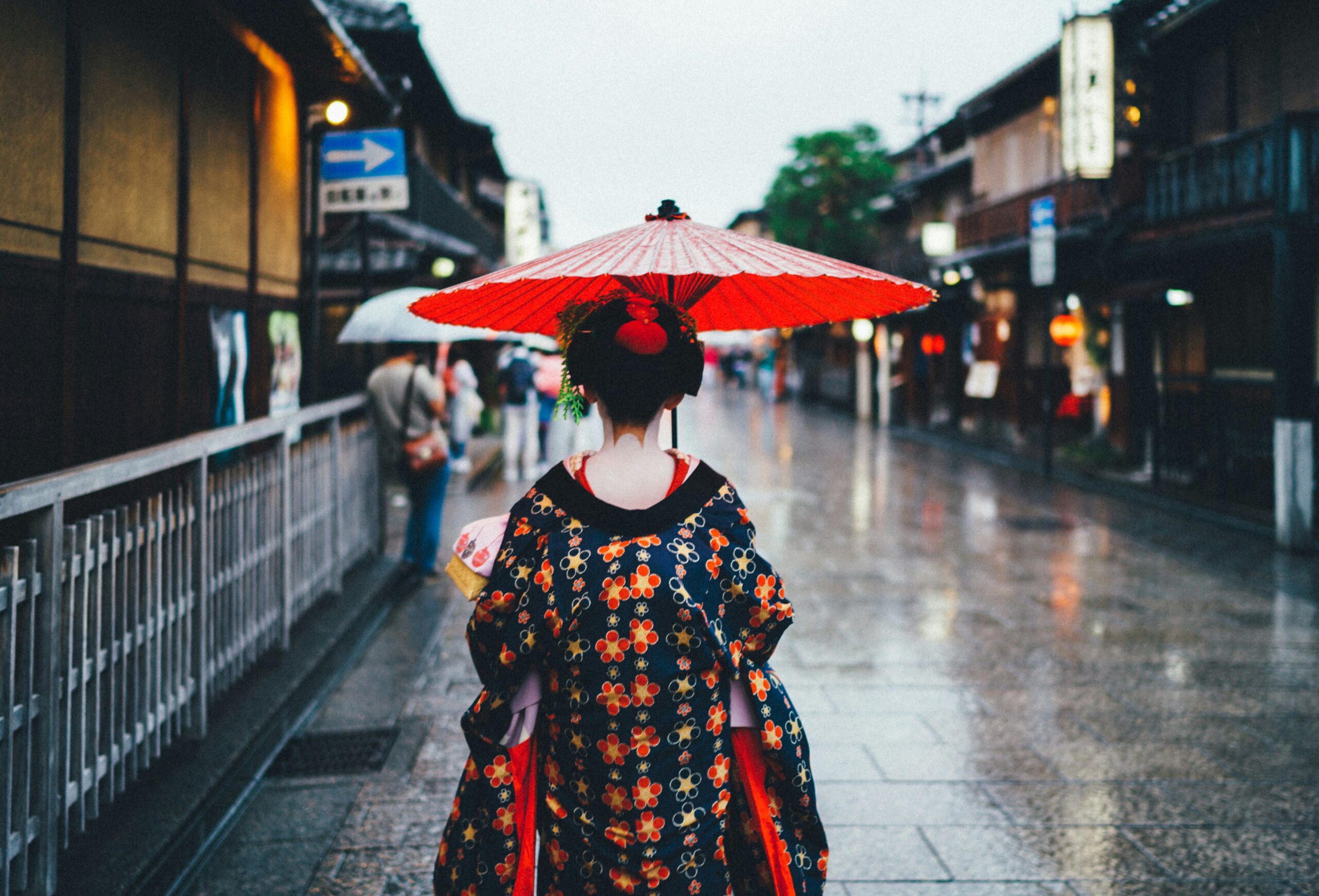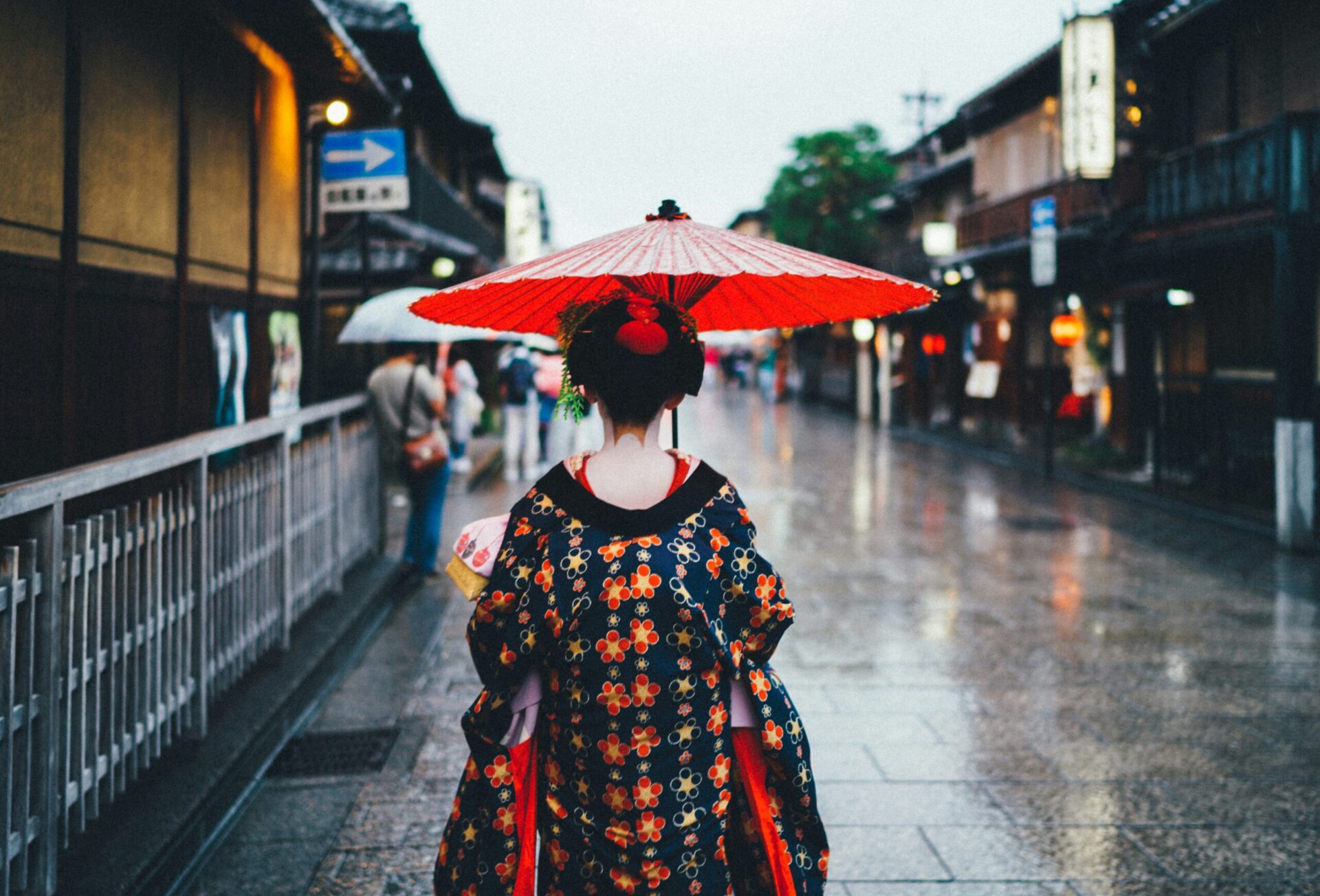
A Guide to
Japanese Cultural Events
Explore Japan’s fascinating traditional festivals and cultural events—from cherry blossom viewing to lantern festivals. Discover the best times to visit and how to enjoy authentic Japanese traditions.
Japan is a country where ancient traditions beautifully coexist with modern life. One of the most captivating aspects of Japanese culture is its rich variety of traditional festivals (matsuri) held throughout the year. These events are not only fun but also offer deep insight into the country’s history, spirituality, and seasonal customs.
Whether you’re planning your trip or simply curious about Japan, here are some of the most popular cultural events that you shouldn’t miss.
1. Hanami (Cherry Blossom Viewing) – March to April
Every spring, people across Japan gather in parks to enjoy the fleeting beauty of cherry blossoms (sakura). This tradition, known as hanami, involves picnics under blooming trees, often accompanied by music, food, and sake.
Best places to enjoy hanami:
- Ueno Park (Tokyo)
- Maruyama Park (Kyoto)
- Hirosaki Castle (Aomori)
Tip: Late March to early April is the peak bloom in most areas.
2. Gion Matsuri – Kyoto (July)
Gion Matsuri is one of Japan’s most famous and grandest festivals, celebrated in Kyoto throughout the month of July. Its highlight is the Yamaboko Junko parade featuring enormous wooden floats pulled through the streets.
What to expect:
- Traditional costumes and music
- Street food and night stalls
- Spiritual rituals at Yasaka Shrine
3. Tanabata (Star Festival) – July 7
Based on an ancient Chinese legend, Tanabata celebrates the annual meeting of two star-crossed lovers. Cities are decorated with colorful paper streamers and bamboo trees where people hang handwritten wishes.
Where to see the best Tanabata celebrations:
- Sendai Tanabata Matsuri (August 6–8)
- Hiratsuka Tanabata Festival (early July)
4. Obon – Mid August
Obon is a Buddhist festival that honors the spirits of deceased ancestors. Families return to their hometowns to clean graves and participate in Bon Odori, a traditional folk dance performed in public squares.
Top Obon events:
- Awa Odori in Tokushima
- Gujo Odori in Gifu (lasts for over 30 nights!)
5. Autumn Festivals (September to November)
As the weather cools and leaves turn brilliant shades of red and gold, Japan hosts many harvest festivals. These events often involve shrine processions, food stalls, and performances.
Don’t miss:
- Kishiwada Danjiri Matsuri (Osaka, September)
- Takayama Autumn Festival (Gifu, October)
6. New Year’s Celebrations (Shōgatsu) – January 1
Shōgatsu is Japan’s most important holiday. People visit shrines at midnight for hatsumode (first shrine visit), eat special dishes called osechi, and pray for health and happiness.
Key traditions:
- Ringing of temple bells (Joya no Kane)
- New Year’s greeting cards
- Fukubukuro (lucky bags)
Tips for Enjoying Japanese Festivals
- Plan ahead: Some festivals attract millions of visitors. Book accommodation in advance.
- Respect local customs: Follow dress codes (e.g., yukata is often worn), and be polite when participating.
- Try the food: Many festivals have special seasonal treats and local delicacies.
Final Thoughts
Experiencing a traditional Japanese festival is one of the best ways to connect with the culture and community. From the quiet beauty of cherry blossoms to the exciting rhythm of Obon dances, there’s always something happening in Japan to capture your heart.
If you’re planning a visit, try to align your trip with one of these cultural events—you won’t regret it!

